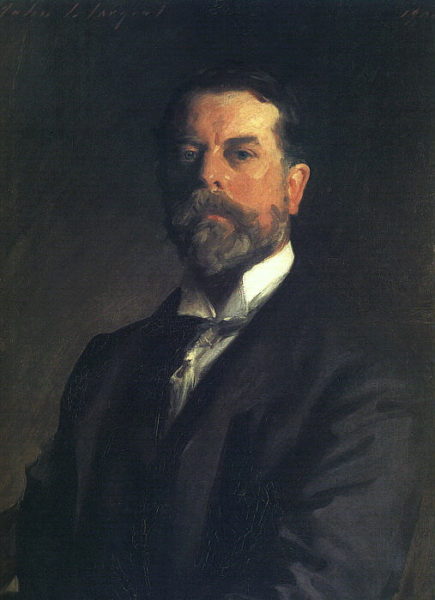This blog is going to be relatively short. It’s not because I ran out of time, but because I’m not an intellectual where I can go on and on to try and make you think I’m smart. What this little exercise did for me is confirm that I made a great choice about not taking philosophy classes in college.
But I’m going to take a stab at this because I think it’s important we understand the difference between various radical political ideas which even today, pop up in the media (including social), our discussions, and how we view the world and its leaders. Please keep in mind, these are political and not economic systems which frequently creep into our “discussions.”
Did You Know?
Did you know or even remember my blog post from 29 September 2018? Its title was Paris Therapy Pets. If you remember it, great but if not, you might want to click here and read it. Why? Because I have an update. France Magazine (December 2018; Issue 243) reports that another animal rights group is setting out to protect the Parisian rats. Paris Animaux Zoopolis is plastering Métro walls with signs imploring people to “stop the massacre of rats.” Naturally, they use pictures of cute rats (unlike the images I used in my blog). I’m sure these folks are excited about the upcoming 2020 Chinese New Year. It will be the “Year of the Rat.”
I have run into so many authors who use these terms almost interchangeably that I decided to try and distinguish them from one another ⏤ in other words, I was confused. I find that in much of today’s traditional media and social media that people tend to use these terms on a “fast and loose” basis depending on their political slant (both right and left). Trust me, sometimes it is difficult to differentiate (at least for me). One thing I must point out is that the intellectuals who spend entire days, months, years, and even careers dissecting these issues, often are at odds with one another. There are the generational issues, the revisionist issues, and the philosophical issues which influence one’s take on how the terms are differentiated and applied to certain countries. I thought the best place to begin would be with the facts and then you can make up your own mind. We’ll start and end with the Merriam-Webster definitions. Read More Totalitarianism, Fascism, or Authoritarianism?


